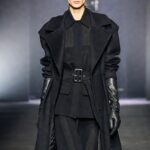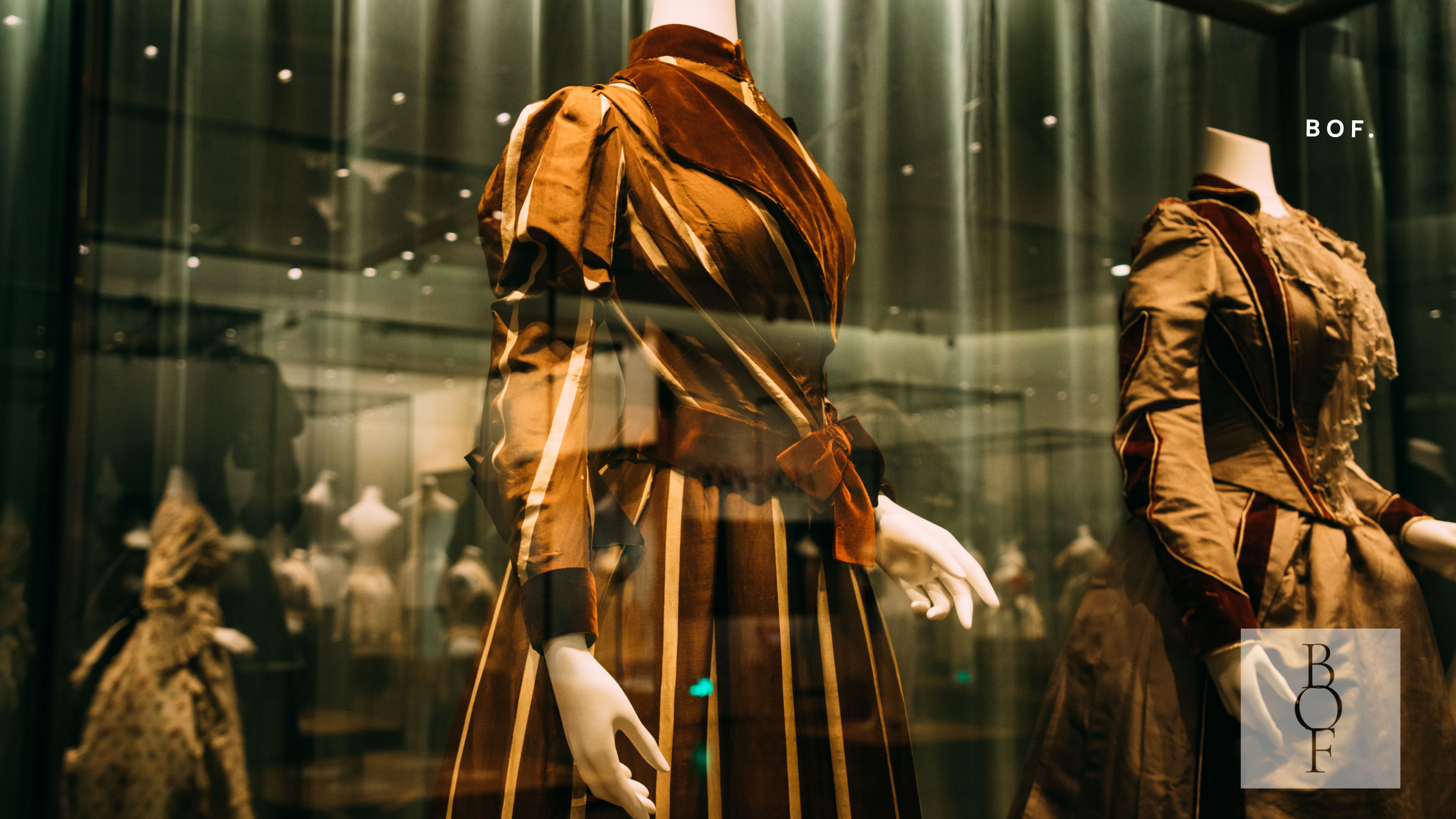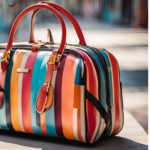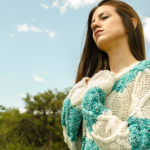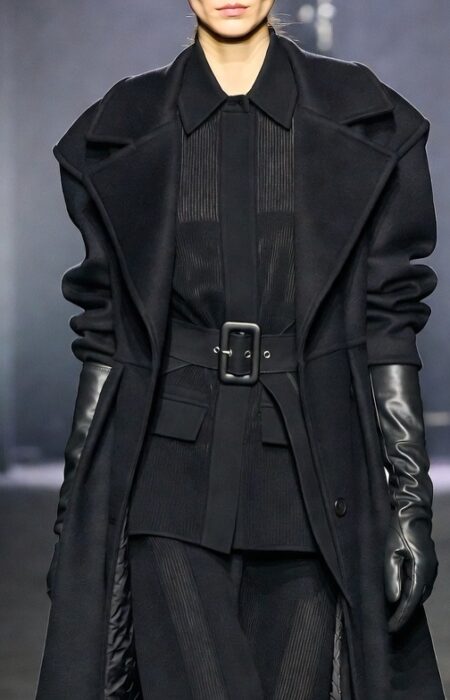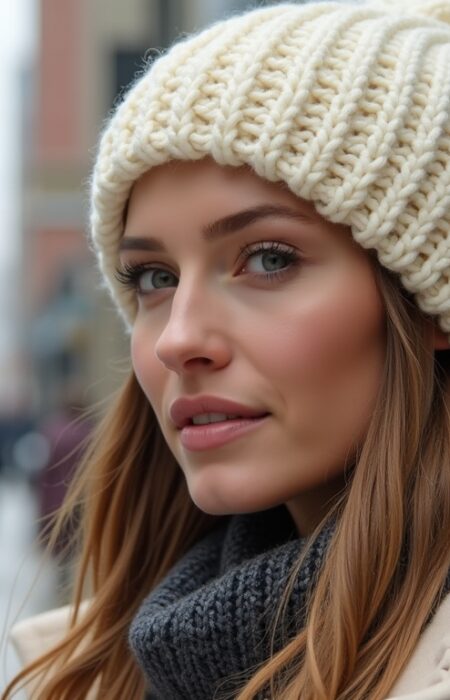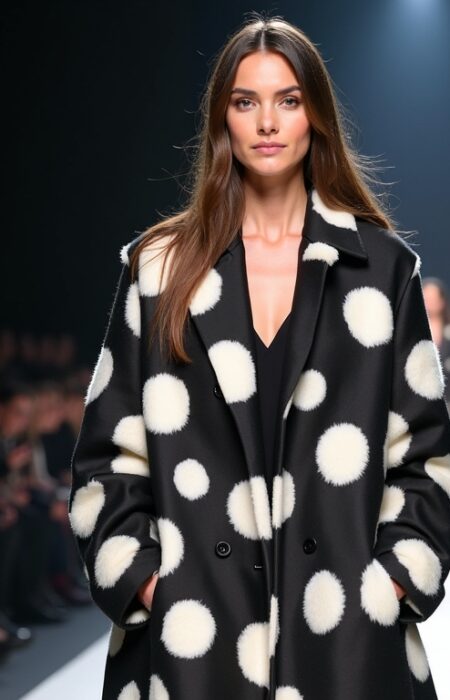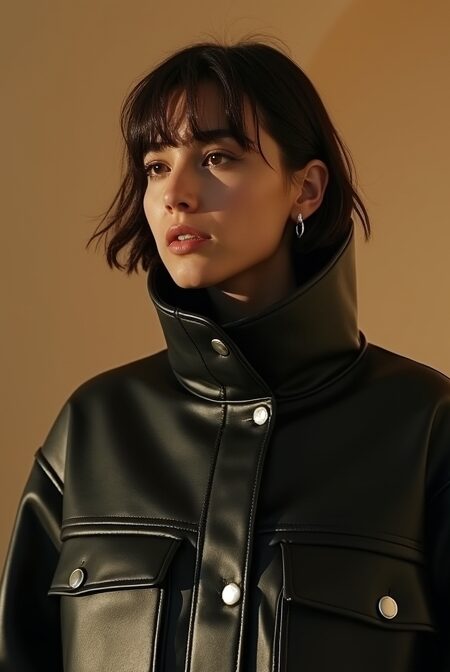
Fashion history is a fascinating journey through time, reflecting cultural shifts, social changes, and technological advancements. Here’s a look at how styles have evolved over the decades from the early 20th century to today:
1910s: The Edwardian Era and World War I
- Style Highlights:
- Silhouettes: The era started with Edwardian fashion, characterized by “S-curve” silhouettes, corsets, and long skirts.
- Materials: Lace, silk, and luxurious fabrics were common. High collars and elaborate hats were also in vogue.
- Impact of WWI: The onset of World War I led to more practical clothing. Women started wearing simpler, looser clothing like shirtwaist blouses and skirts, marking a shift towards more functional fashion.
1920s: The Roaring Twenties and the Flapper Era
- Style Highlights:
- Silhouettes: The iconic flapper dress emerged, featuring straight, loose fits, shorter hemlines, and fringe.
- Innovations: Coco Chanel popularized the “Little Black Dress,” marking a shift towards modern, versatile clothing.
- Accessories: Cloche hats, feathered headbands, long pearl necklaces, and Mary Jane shoes defined this decade.
- Cultural Shift: The 1920s represented liberation and rebellion against traditional norms, with women embracing shorter hair (bob cuts) and more revealing dresses.
1930s: The Great Depression and Glamour
- Style Highlights:
- Silhouettes: Fashion became more conservative with longer hemlines and natural waistlines. Bias-cut dresses and tailored suits were popular.
- Materials: Due to economic constraints, synthetic fabrics like rayon gained popularity, making fashion more affordable.
- Hollywood Influence: Glamorous, flowing gowns influenced by Hollywood starlets like Greta Garbo and Jean Harlow set the tone for evening wear.
1940s: The War Era and Utility Fashion
- Style Highlights:
- Silhouettes: Due to fabric rationing during WWII, utility fashion became the norm—clothing was practical, with A-line skirts, padded shoulders, and trousers for women.
- Innovations: The “Victory Suit,” a tailored, streamlined suit, became a staple.
- Post-War Boom: After the war, Christian Dior’s “New Look” (1947) brought back extravagance with cinched waists, full skirts, and a return to femininity.
1950s: The Golden Age of Fashion
- Style Highlights:
- Silhouettes: Defined by ultra-feminine looks, full skirts, petticoats, and hourglass silhouettes (inspired by Dior’s “New Look”).
- Casual Wear: The rise of denim jeans and T-shirts for casual looks, especially among teenagers, signaled a new youth culture.
- Icons: Stars like Marilyn Monroe, Audrey Hepburn, and Grace Kelly influenced trends, with classic pieces like pencil skirts, capri pants, and the fitted sheath dress.
1960s: The Swinging Sixties and Youth Revolution
- Style Highlights:
- Silhouettes: The decade saw a shift towards mod fashion with A-line mini skirts, shift dresses, and bold patterns.
- Innovations: The introduction of new materials like PVC led to futuristic designs. The miniskirt, popularized by Mary Quant, became a symbol of the decade.
- Cultural Impact: The rise of counterculture and hippie movements influenced fashion towards the end of the 1960s with bell-bottom jeans, tie-dye shirts, and bohemian styles.
1970s: The Disco Era and Bohemian Vibes
- Style Highlights:
- Silhouettes: Fashion in the 1970s was diverse, ranging from disco-inspired looks (sparkly dresses, flared trousers) to bohemian styles (maxi dresses, peasant blouses).
- Innovations: Polyester became a popular fabric, thanks to its affordability and versatility.
- Cultural Movements: The punk movement also emerged, characterized by leather jackets, ripped jeans, and band T-shirts, setting the stage for rebellious youth fashion.
1980s: The Era of Excess
- Style Highlights:
- Silhouettes: Known for oversized blazers, power suits, padded shoulders, and high-waisted jeans.
- Trends: Neon colors, bold patterns, and athletic wear (like tracksuits and leg warmers) were widely popular.
- Influence of Pop Culture: Icons like Madonna, Michael Jackson, and Princess Diana had a significant impact on fashion. The decade also saw the rise of designer labels like Versace, Calvin Klein, and Armani.
1990s: Grunge, Minimalism, and Streetwear
- Style Highlights:
- Silhouettes: The 1990s saw diverse styles, from grunge (flannel shirts, ripped jeans) to minimalism (slip dresses, neutral tones).
- Streetwear: Hip-hop culture popularized oversized clothing, baggy jeans, sneakers, and branded sportswear.
- Fashion Icons: Kate Moss, Naomi Campbell, and the rise of supermodels influenced trends, alongside pop culture icons like the Spice Girls, who brought platform shoes and bold fashion to the mainstream.
2000s: Y2K and Fast Fashion
- Style Highlights:
- Silhouettes: Low-rise jeans, crop tops, cargo pants, and layered looks defined the early 2000s. The “Y2K” aesthetic embraced metallics, tiny bags, and futuristic influences.
- Fast Fashion: The rise of fast fashion brands like Zara and H&M made runway trends accessible to the masses, accelerating the trend cycle.
- Celebrity Influence: Celebrities like Paris Hilton, Britney Spears, and Beyoncé set trends, often wearing statement pieces like tracksuits (popularized by Juicy Couture) and logo-heavy items.
2010s: The Age of Social Media and Athleisure
- Style Highlights:
- Silhouettes: The decade saw a mix of styles, from skinny jeans and leggings to the resurgence of 1990s and 1980s trends like high-waisted pants and oversized silhouettes.
- Athleisure: Comfortable, athletic-inspired clothing became mainstream, with brands like Lululemon leading the charge.
- Influence of Social Media: Instagram and influencers reshaped fashion trends, making micro-trends and niche styles (like normcore, streetwear, and cottagecore) popular.
2020s: Sustainability and Digital Fashion
- Style Highlights:
- Sustainability: A growing emphasis on sustainable fashion, with brands focusing on ethical practices, recycled materials, and slow fashion.
- Digital Influence: The rise of digital fashion (NFTs, virtual clothing) and fashion in the metaverse is becoming more prevalent.
- Hybrid Styles: The blending of comfort (from the pandemic-driven shift to loungewear) with chic elements like tailored blazers, oversized shirts, and versatile separates.
- Retro Revivals: Nostalgia-driven trends have seen the return of 1990s and Y2K aesthetics, with baggy jeans, chunky sneakers, and colorful accessories making a comeback.
Conclusion
Fashion has continuously evolved, reflecting changes in society, technology, and culture. From the functional garments of wartime to the exuberant looks of the 1980s, and the current focus on sustainability and digital innovation, each decade offers a snapshot of its time. As we move forward, fashion will continue to evolve, influenced by global movements, technological advancements, and a growing consciousness about the impact of our clothing choices on the planet.
